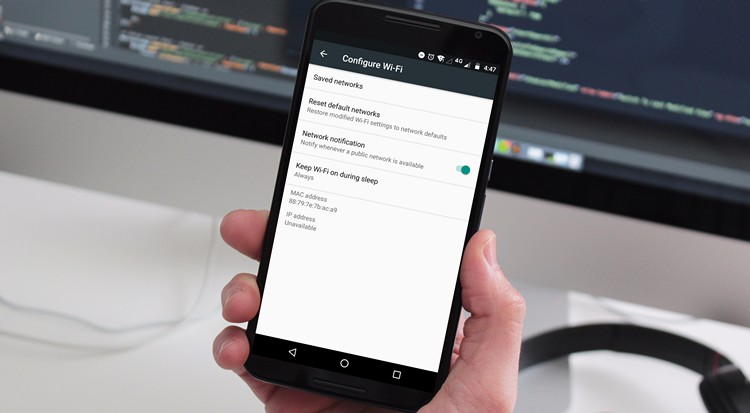

Both protocols offer more features and can scale better on modern LANs that contain multiple IP subnets.īut the world of server and data center virtualization has brought RARP back into the enterprise. Bootstrap Protocol and Dynamic Host Configuration Protocol have largely rendered RARP obsolete from a LAN access perspective. RARP offers a basic service, as it was designed to only provide IP address information to devices that either are not statically assigned an IP address or lack the internal storage capacity to store one locally. Historically, RARP was used on Ethernet, Fiber Distributed Data Interface and token ring LANs. Is RARP obsolete? If so, what alternatives exist? This image shows the process a machine in a LAN uses to request its IP address via a RARP server.

It is, therefore, important that the RARP server be on the same LAN as the devices requesting IP address information.Īssuming an entry for the device's MAC address is set up in the RARP database, the RARP server returns the IP address associated with the device's specific MAC address. The RARP request is sent in the form of a data link layer broadcast. When a new RARP-enabled device first connects to the network, its RARP client program sends its physical MAC address to the RARP server for the purpose of receiving an IP address in return that the device can use to communicate with other devices on the IP network. This table can be referenced by devices seeking to dynamically learn their IP address.

How does RARP work?Ī network administrator creates a table in a RARP server that maps the physical interface or media access control (MAC) addresses to corresponding IP addresses. It does this by sending the device's physical address to a specialized RARP server that is on the same LAN and is actively listening for RARP requests. Reverse Address Resolution Protocol (RARP) is a protocol a physical machine in a local area network (LAN) can use to request its IP address. What is Reverse Address Resolution Protocol (RARP)?


 0 kommentar(er)
0 kommentar(er)
